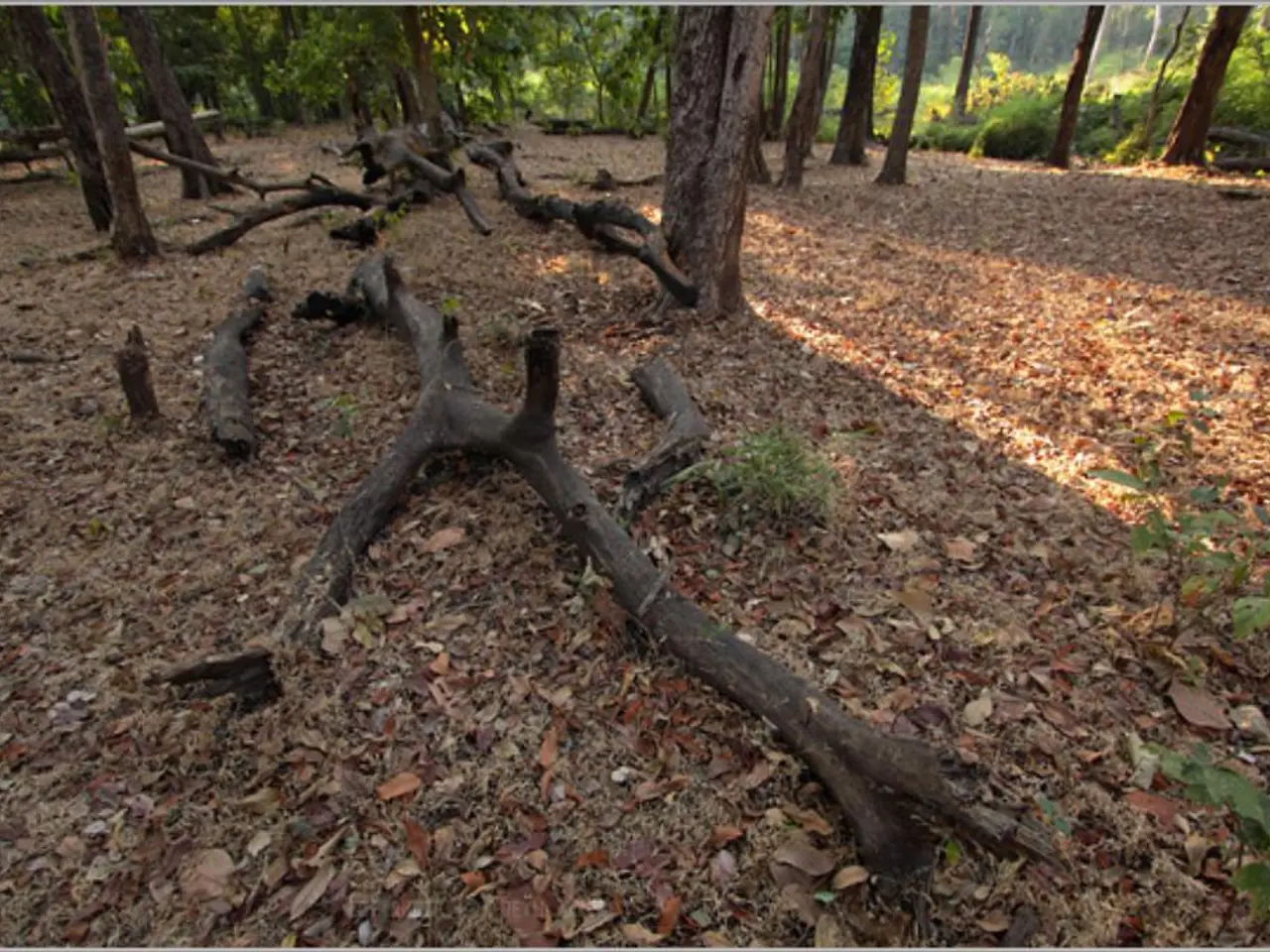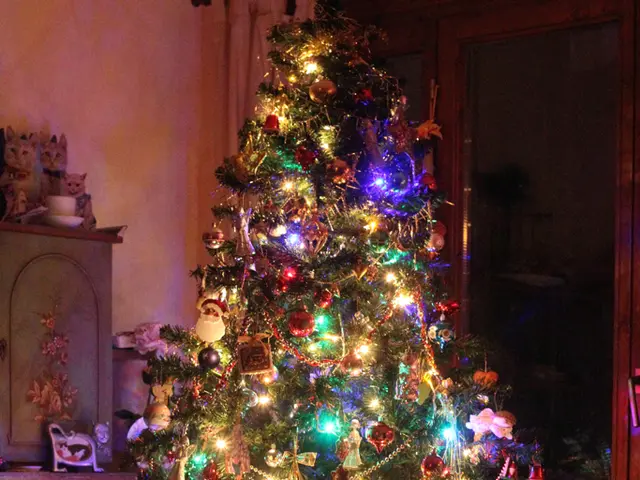Caring for Your Indoor Christmas Tree: A Guide for Norfolk Island Pine
The Norfolk Island Pine, scientifically known as Araucaria heterophylla, is a popular houseplant that originates from Norfolk Island, an Australian territory in the South Pacific. These pines are known for their unique appearance and relatively easy care requirements.
In their native habitat, Norfolk Island pines can grow up to 200 feet tall with trunks 10 feet in diameter. However, as houseplants, they will grow slowly, reaching only about five to eight feet tall in ten years.
When it comes to propagation, propagating from seeds is recommended. To do this, plant the seeds in small pots filled with sterile potting soil or soilless growing medium, and keep them in a bright window at 70 to 80 F using a heat mat if necessary. Propagating from cuttings is difficult and not typically advised.
Norfolk Island pines prefer bright sunlight and high humidity. To maintain high humidity, surround the pine with other houseplants, place a saucer of pebbles and water under the tree, or mist it weekly. Alternatively, you can create a humidity tent by placing a clear plastic bag over the pot. A terrarium or greenhouse can also provide increased humidity.
It's important to check on the Norfolk Island pine daily and moistened the soil as needed during the growth process. Norfolk Island pines only need to be repotted about once every two to three years.
Brown or yellow needles on a Norfolk Island pine may indicate insufficient humidity, but they could also be caused by other stressors such as too direct or too little sunlight, over- or underwatering, or a draft. Excessive branch dropping may be a sign of stress as well.
Fertilizing a Norfolk Island pine isn't necessary but can promote faster growth. Water the young saplings once they are established, and keep the soil moist but never soggy.
It's worth noting that Norfolk Island pines are not true pines but members of the Araucariaceae family of conifers. This means that, unlike true pines, ingesting the needles can cause severe stomach irritation for both humans and pets.
Lastly, Norfolk Island pines should not be planted outside in areas with freezing temperatures, as they do not tolerate cold. In the U.S., Orlando marks the northern range for growing Norfolk pines outdoors. In USDA hardiness zones 9 and below, the potted tree can be placed outside during the summer.
By following these care tips, you can help your Norfolk Island pine thrive as a beautiful and easy-to-care-for houseplant.
Read also:
- Exploring the Digestive Benefits of Fermented Foods
- Senator Rasha Kelej welcomed Maldives First Lady at the seventh installment of the Merck Foundation's First Ladies Initiative Summit to discuss collaborative healthcare programs.
- Quarterly Review of the Biotechnology and Pharmaceutical Industries: A Look Back at Q2 2025
- Summer Fruit Stars of 2025: Blueberries, Tomatoes, and Cherries Lead the Charge




